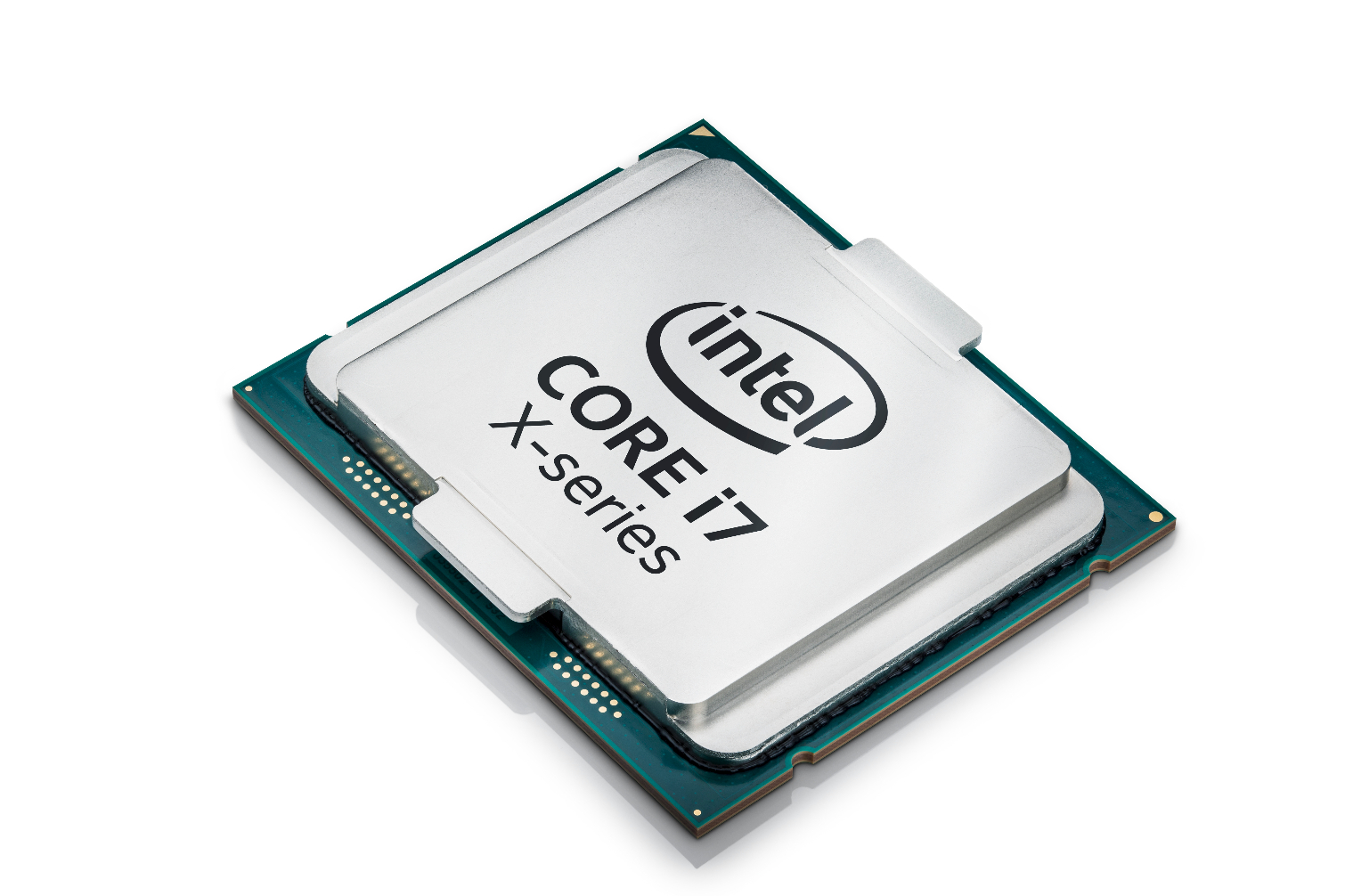Recently, we reported on Google’s work to remove Intel Management Engine (ME)--an obscured, MINIX-based OS running as firmware--from its Intel CPUs. It turns out that the creator of MINIX, Andrew S. Tanenbaum, wasn’t aware that his OS had been commercialized by Intel.
In an open letter addressed to Intel CEO Brian Krzanich, Tanenbaum said that he only found out about Intel’s commercial use of MINIX after reading recent press coverage of ME. Tanenbaum created the first version of MINIX in 1987 as an educational tool to go along with his textbook. He announced MINIX 3, the version reportedly used in Intel ME, at the ACM SOSP conference in 2005. MINIX 3 was the first version of the OS targeted for commercial applications.
Tanenbaum wasn’t completely unaware of Intel’s interest in MINIX, however, as he said in his letter:
“I knew that Intel had some potential interest in MINIX several years ago when one of your engineering teams contacted me about some secret internal project and asked a large number of technical questions about MINIX, which I was happy to answer. I got another clue when your engineers began asking me to make a number of changes to MINIX, for example, making the memory footprint smaller and adding #ifdefs around pieces of code so they could be statically disabled by setting flags in the main configuration file.”
MINIX is distributed under the BSD license, which is extremely unrestricted. Unlike with the more popular GPL, which requires that derivative works inherit the same license, software with the BSD license can be used, royalty and recognition-free, to create closed-source derivatives. Tanenbaum chose BSD for MINIX on purpose and posited that it was a key reason behind Intel’s adoption of his OS.
Tanenbaum isn’t looking for money from Intel; he just wrapped up his missive by noting that he would have appreciated a friendly heads-up that, by dint of its presence on Intel chips, his OS might now be the most popular in the world.
Get Tom's Hardware's best news and in-depth reviews, straight to your inbox.
-
bit_user Reply
Oh, come on! Where did you even read that?20364072 said:software with the BSD license can be used, royalty and recognition-free, to create closed-source derivatives.
Recognition is a standard and important part of the BSD license. From the very license of MINIX, itself:
* Redistributions of source code must retain the above copyright
Source: http://git.minix3.org/index.cgi?p=minix.git;a=blob_plain;f=LICENSE;hb=HEAD
notice, this list of conditions and the following disclaimer.
* Redistributions in binary form must reproduce the above copyright
notice, this list of conditions and the following disclaimer in the
documentation and/or other materials provided with the distribution.
* Neither the name of the Vrije Universiteit nor the names of the
software authors or contributors may be used to endorse or promote
products derived from this software without specific prior written
permission.
* Any deviations from these conditions require written permission
from the copyright holder in advance
And that file (as of right now) hasn't been touched since 2010: http://git.minix3.org/index.cgi?p=minix.git;a=history;f=LICENSE;h=a119efa5f44dc93086bc34e7c95f10ed55b6401f;hb=HEAD
Tanenbaum isn’t looking for money from Intel
That decision was made when he released it as open source. That said, many big companies understand they have an enlightened self-interest in supporting those open source projects on which they depend, via donations, contributions, and programs like GSoC. Even so, it would be shameful to beg, and he probably doesn't need financial support.
In light of that, this:
one of your engineering teams contacted me about some secret internal project and asked a large number of technical questions about MINIX, which I was happy to answer. I got another clue when your engineers began asking me to make a number of changes to MINIX
is particularly lame. The least they could've done was do the work themselves and submit patches. If I were the maintainer, I'd have told them I'd consider patches they submit but no way would I do free work for Intel (perhaps with exceptions for requests that I'd already really wanted to do - sounds like most of these probably weren't).
-
photonboy He should have been PAID since they consulted him. He could have signed an NDA, but "asking" a guy who creates the OS that is inside your CPU to make changes is very strange... heck, he may have had good ideas for SECURITY CHANGES had he known it was a potential back door into Intel systems.Reply
